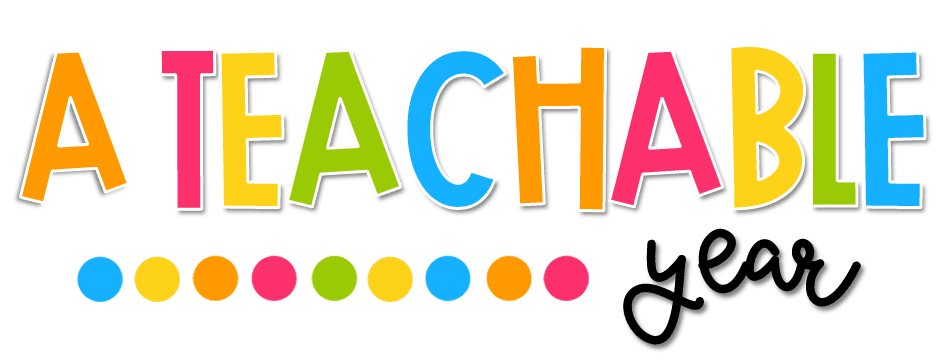As ESL/EFL teachers, we have the incredible opportunity to transport our students to different eras and cultures through our lessons. One captivating period that often sparks curiosity and imagination is the Victorian era. A time of innovation, societal changes, and distinct customs, the Victorian era provides a rich backdrop for language learning. In this blog post, we will explore effective strategies and engaging activities that can help ESL teachers bring the Victorian times to life in their classrooms.
Introduce the Historical Context:
To foster a deeper understanding of the Victorian era, it is crucial to provide students with a solid foundation of historical context. Begin by presenting an overview of the era, highlighting key events, technological advancements, and societal norms. Incorporate visual aids, such as images or videos, to make the information more engaging and accessible for learners at different proficiency levels.
Literature and Language:
Victorian literature offers a treasure trove of language and cultural insights. Select excerpts from renowned Victorian authors like Charles Dickens, Jane Austen, or Oscar Wilde and guide students through close reading exercises. Encourage discussions about themes, character analysis, and historical significance. This approach not only enhances language skills but also immerses students in the language and style of the era.
Explore Victorian Customs and Etiquette:
Victorian society was characterized by strict social norms and elaborate etiquette. Engage students in interactive discussions about the expectations and customs of the time. Incorporate role-playing activities where students can assume the roles of different social classes, practicing the language of polite conversation, manners, and appropriate behavior. Comparing Victorian customs with contemporary norms can also spark interesting conversations about cultural changes.
Visual Resources and Primary Sources:
Visual aids play a crucial role in creating a vivid image of the Victorian era. Utilize photographs, paintings, or illustrations that depict various aspects of Victorian life. Consider incorporating primary sources such as diaries, letters, or newspaper clippings to offer students authentic glimpses into the thoughts and experiences of people from that era. Analyzing primary sources can improve critical thinking skills and facilitate discussions about historical perspectives.
Art and Architecture:
Victorian architecture and art are iconic representations of the era. Showcase images of Victorian buildings, landmarks, and art forms like the Pre-Raphaelite movement. Encourage students to describe and analyze these visual elements, fostering vocabulary development and cultural understanding. Furthermore, organize art projects where students can create their own Victorian-inspired artwork or design architectural models, incorporating the distinctive features of the era.
Virtual Field Trips and Guest Speakers:
While it may not always be feasible to physically visit Victorian landmarks, technology offers us the means to virtually explore them. Arrange virtual field trips to Victorian museums, historical sites, or exhibitions, allowing students to experience the era firsthand. Additionally, invite guest speakers, such as historians or enthusiasts, to share their expertise and personal stories about the Victorian era. Such interactive experiences can enhance students' engagement and provide valuable cultural insights.
Teaching ESL students about the Victorian era presents a unique opportunity to combine language learning with historical exploration. By integrating literature, art, history, and immersive activities, we can ignite our students' curiosity and deepen their understanding of this remarkable period. As ESL teachers, we have the power to transport our students to a bygone era, fostering a love for history, language, and cultural appreciation that will stay with them long after the lessons end.



No comments
Post a Comment
Thanks for your comment!